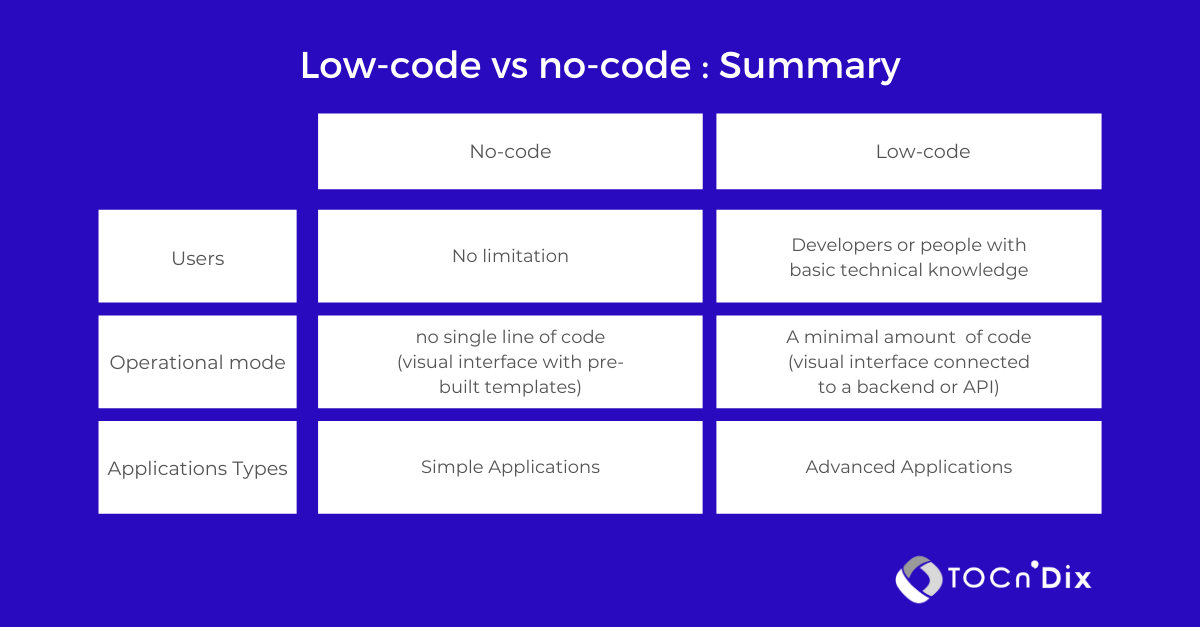Vous voulez vous familiariser avec la méthode Agile ? Découvrez les notions essentielles du lexique de la méthode Agile.
The challenges of a CIO after COVID-19
LOW CODE & TECHNOLOGIE
The challenges of a CIO after COVID-19

Agile Digital Makers
September, 20th 2020
The COVID-19 pandemic has highlighted the need for collaborative tools and remote working capabilities for businesses to remain relevant. This is how the CIO found himself on the front line. His role has become crucial for the business continiuty and is expected to grow in the coming months. To cope with these changes and deal with the post-COVID-19 era, the CIO must prepare for many challenges …
The pandemic crisis triggered the need for companies to adapt their governance policies. In order to take right decisions, quickly, the role of the CIO along with its relationship with the general management and business lines had to be rethought, to make the most out of the digital transformation efforts.
This sanitary crisis has made it clear that digital transformation is more than ever, a real necessity for companies. The pandemic has highlighted the need for more transparent and agile work processes, as well as the necessity to invest in innovation and technology. The responsibility of the CIO has therefore considerably increased, as he leads and coordinates these changes.

Digital transformation has become a real challenge.
What are the main challenges of the CIO after COVID-19?
By allowing citizen developers to actively participate in the development of an application, low-code promotes the implementation of the agile methodology within the company. For example, with Mendix, the leading low-code platform, different collaborators can add their feedback directly to the platform and adapt the development to the applications’ end-users requests. The “citizen developers” free up qualified developers. Low-code increases developers productivity as they spend less time on the same development project and can thus be dedicated to other missions.
“To support the CIO in the aftermath of COVID-19, low-code appears to be the right solution. By using this mode of development, the CIO allows his company to gain flexibility, agility and speed.”

Low-code promotes the implementation of the Agile methodology within the company
Focus on cybersecurity to resist attacks
During the lockdown, the number of hacking attempts has increased significantly. Like during all the crises, the pandemic has spawned a wave of cyber attacks. The CIO must therefore work in close collaboration with the person responsible for information systems security in order to secure all sensitive data and software that can be accessed remotely. It is important that together they implement effective solutions like multi-factor authentication. At the same time, the company must focus on employees by implementing secure telecommuting protocols.
Set up a survival plan
It is imperative that the CIO anticipate the ‘after COVID-19’ by setting up an actionable plan for the continuity of the company. This means that IT teams must work closely with business teams to find suitable solutions. The goal is to find a plan that will allow the company to overcome the crisis. It should include three major obejectives:
- the reduction of IT costs;
- the stabilization of commercial operations;
- the creation of a flexible digital work environment.
Set up a recovery plan
While CIO’s are coping with the COVID-19 challenges, they also need to focus on the threats of the post-COVID-19 era, by increasing the flexibility of IT services. An increase in software demand volume and services is expected. Since these changes can be sudden, it is important for companies to optimize management of their end-to-end solutions such as manufacturing, supply chain or sales to meet the demand. It is necessary for IT departments to have sufficient capacities to boost the company activity. Therefore, the CIO must focus on IT resilience in order to ensure the continuity of its IT system.
Implement revitalization actions
Once the business operations are stabilized and stable, the CIO will need to focus on consolidating IT services and growing the business activity. More precisely, he will have to position IT at the forefront of the business strategy and transformation. The CIO should mainly focus on:
- new IT capabilities;
- the implementation of strategic projects.
Low-code, a solution for CIOs after COVID-19?
To support the CIO in the aftermath of COVID-19, low-code appears to be the appropriate solution. By using this type of development, the CIO allows his company to gain in flexibility, agility and speed. In addition to being collaborative and suitable for remote work, low-code platforms guarantee optimal security. This kind of software development also reduces the costs associated with IT services. This is why low-code is one of the CIO’s best allies to raise to the challenge of the post-COVID-19 era.
Want to receive new articles before we hit publish?
Register to our newsletter!
Lexique de la méthode Agile
Low-Code, catalyst of digital transformation in the insurance sector
Don’t miss this webinar where Euler Hermes shares its successful experience collaborating with TOCnDix to accelerate the digital transformation of the company by taking advantage of the leading low coding platform, Mendix.
Top 7 favorite videos from Mendix World 2.0
7 videos you shouldn’t miss from the world’s largest and most Important Low-Code conference: Mendix World 2.0, the virtual event that brought together more than 3000 IT experts

















Recent Comments